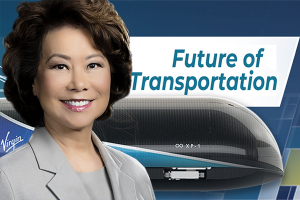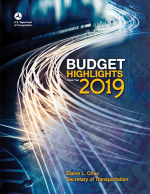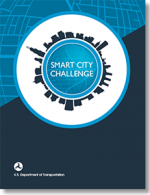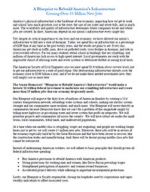Accelerating the Next Revolution in Roadway Safety
Technology in transportation is not new, in fact, the airplane, the automobile, the train and the horse-drawn carriage all introduced new opportunities and new complications to the safe movement of people and goods.
As the digital era increasingly reaches deeper into transportation, our task at the U.S. Department of Transportation is not only to keep pace, but to ensure public safety while establishing a strong foundation such that the rules of the road can be known, understood, and responded to by industry and the public.
The self-driving car raises more possibilities and more questions than perhaps any other transportation innovation under present discussion. That is as it should be.
Possessing the potential to uproot personal mobility as we know it, to make it safer and even more ubiquitous than conventional automobiles and perhaps even more efficient, self-driving cars have become the archetype of our future transportation.
Still, important concerns emerge. Will they fully replace the human driver? What ethical judgments will they be called upon to make? What socioeconomic impacts flow from such a dramatic change? Will they disrupt the nature of privacy and security?
Many of these larger questions will require longer and more thorough dialogue with government, industry, academia and, most importantly, the public.
As the Department charged with protecting the traveling public, we recognize three realities that necessitate this guidance.
First, the rise of new technology is inevitable.
Second, we will achieve more significant safety improvements by establishing an approach that translates our knowledge and aspirations into early guidance.
Third, as this area evolves, the “unknowns” of today will become “knowns” tomorrow.
We do not intend to write the final word on highly automated vehicles here. Rather, we intend to establish a foundation and a framework upon which future Agency action will occur.
To do so, we have consulted with industry leaders, experts in the field, State government, the traveling public and safety advocates, among others.
They have offered their input as we have asked them to share what they know. We thank them and recognize that, as this is a constantly changing area, all of us will continue to evolve.
What’s Related




Favorites





